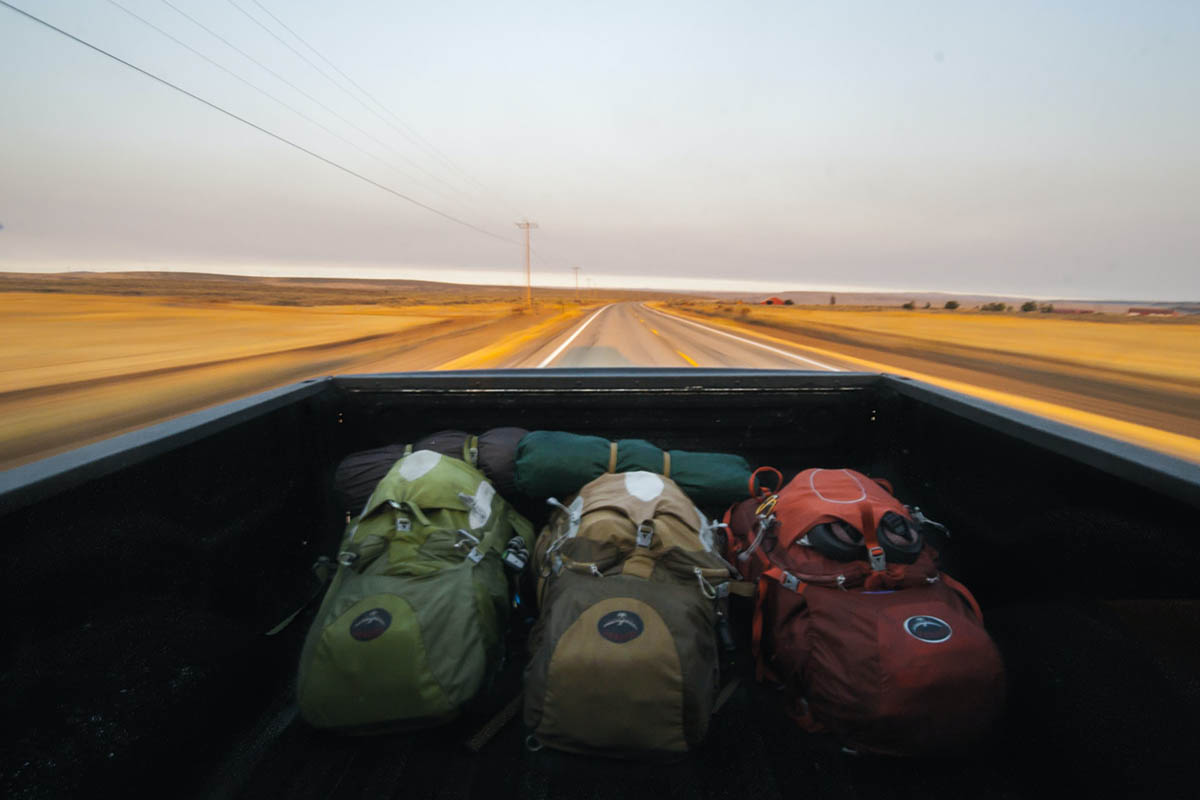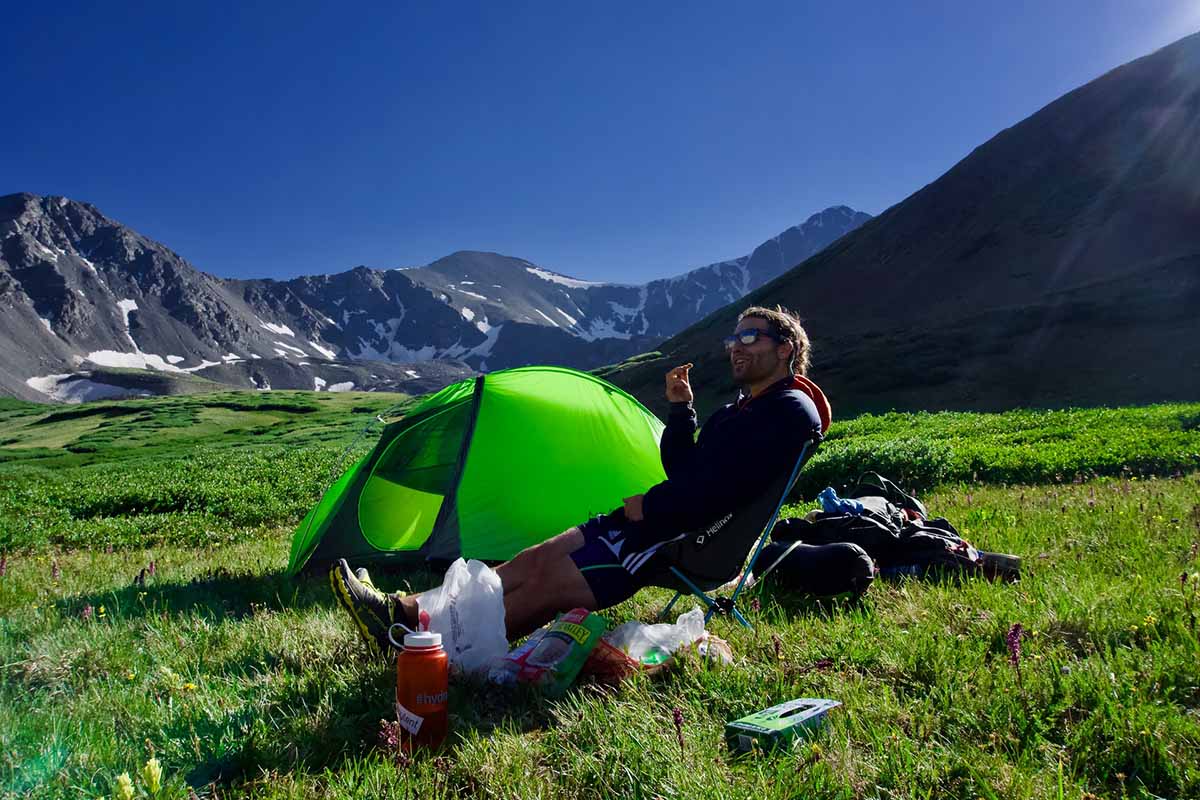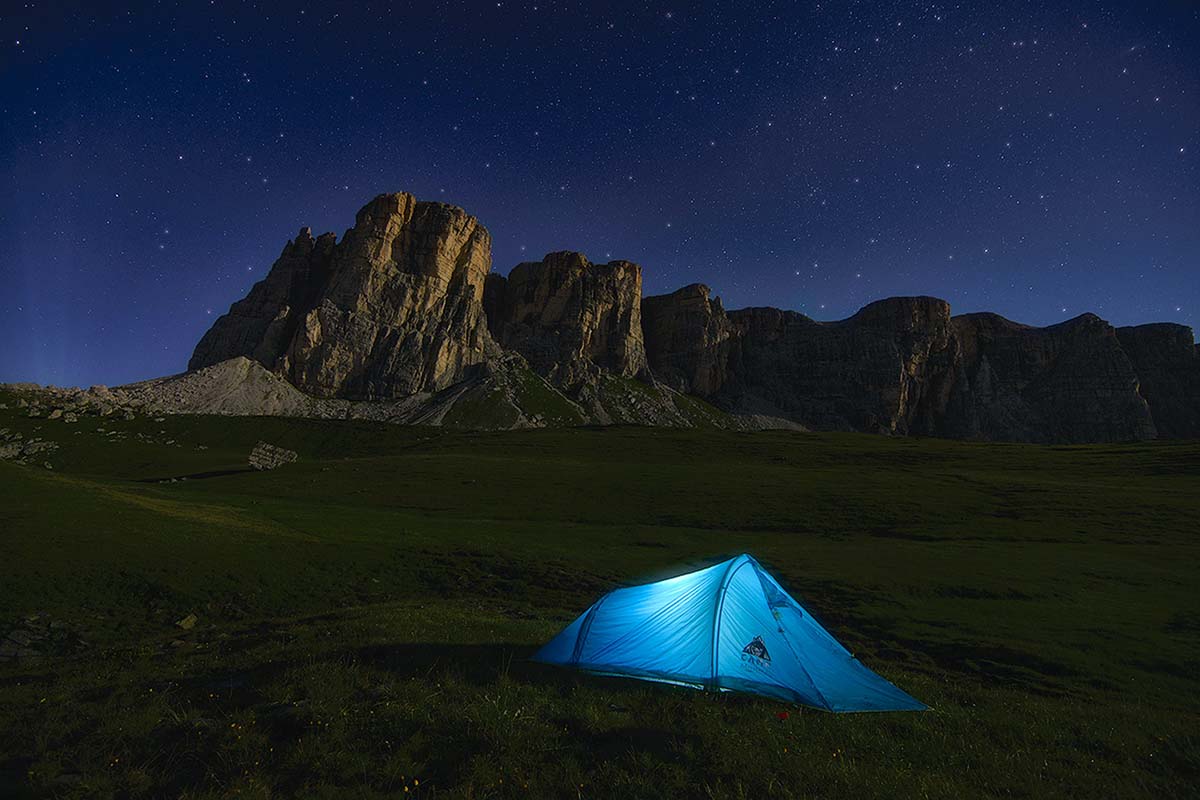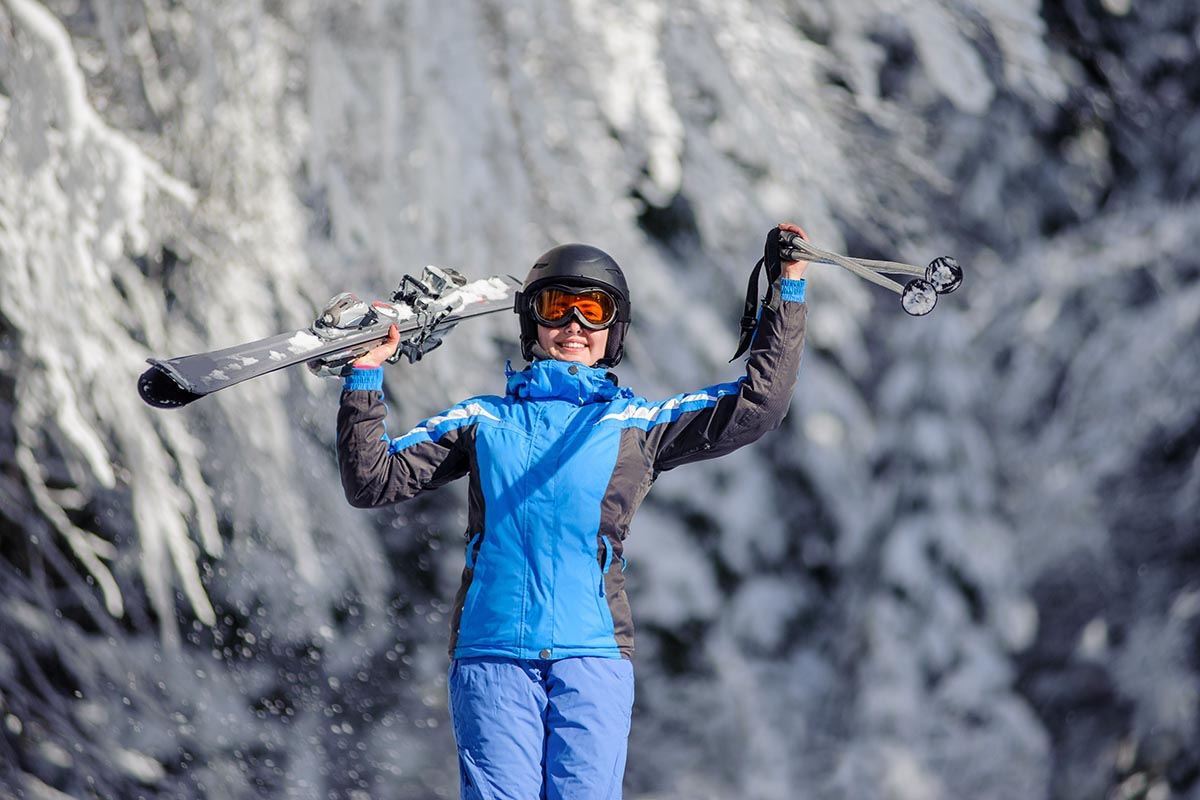Tips To Prepare For Your First Overnight Hiking Trip
You’re about to tackle your first overnight hiking trip, and you think you have an idea of what to pack: a lot of food, a lot of chocolate, a sleeping bag, a tent, and a lot of clothes. It doesn’t seem too complicated.
Trust us. Packing for your first backpacking adventure can be a little tricky, and it helps to know what to pack to avoid lingering wildlife, roaring stomachs, emerging blisters, and other downfalls that can destroy your trip into the thick of the wild. Read on for five tips to help you prepare for your first overnight hiking trip—and keep the following advice in mind for future backpacking excursions!
Keep your backpack light
Keeping your backpack light may seem like straightforward advice, but it’s more complicated than you might think. Packing for your backpacking trips is an art form that takes some time to perfect. And we’re hoping that these tips ensure you get it right for your first multi-day hiking trip. Start by writing out a backpacking checklist, one with the following items:
- Tent
- Camping blanket
- Backpack
- Ultralight Sleeping Bag
- Sleeping pad
- Comfortable hiking boots
- Food
- Water filter
- Water bottle
- Kitchen supplies
- Clothing suitable for the weather
- Stove
- Fuel
- Headlamp or flashlight
- Emergency and repair kits
- Supplies for hygiene
- Random personal, miscellaneous items (camera, odor-proof bags)
Also, when gearing up for your first overnight hiking trip, choosing the best hiking socks for summer is essential to keep your feet comfortable and blister-free on the trail.
It’s best to find the right lightweight gear to accommodate this checklist! Please look at the Backpacking Checklist article by 10Adventures for insight into what gear to get and where to buy it. Cheaping out on equipment and gear may result in poor sleep and uncomfortable walks. You don’t want that, do you? One tip we have is to put the heavier items closest to your back in the middle of your backpack—doing this may alleviate back pain.
Bring sustainable snacks and meals
You don’t want to weigh down your backpack with too much food, but you also want to make sure you have enough food. There’s nothing worse than a growling stomach facing miles and miles of hiking. When you’re planning your meals, look at the calorie count. Aim to bring at least 2,000 calories worth of food a day.
Shop for on-the-go-type snacks, such as granola bars, trail mix, as well as packaged meals, like mac n’ cheese! Don’t feel like you need to eat bland food when you’re in the wild; bring instant rice and spices or pre-packaged curry sauce. Consider foods that are packed with carbohydrates and fat—you want your food to replenish you, and you should enjoy your meals after a hard day of exercise!
To support your cooking needs, make sure you also bring the right gear. You do not need anything fancy for a multi-day hiking trip, but you need to make sure the tools cover your basic needs. Take a look at the Backpacking Cooking Gear Checklist by The Wild Guides to make sure you’re ready for cooking outdoors.
Protect your food from wildlife
You’re probably wondering: “If I can’t carry a cooler and if I don’t have my car, how can I protect my food from wildlife?”
Oh, we’ve got some tricks for you! When you’re backpacking, it helps to pack odor-proof bags to put your food in. You need to stash your food in these bags at least 200 feet away from your tent. It helps to pack a dry bag as well to keep your food from getting wet.
It’s advised to keep everything that has scent away from your tent in odor-proof bags. This even includes toiletries and garbage! Store away your lip chap, toothpaste, toothbrush, granola bar wrappers, sunscreen, and anything that gives off a scent. It’s much better to be safe than sorry!
Figure out the right clothes to wear
It’s best to pack lightweight clothes that also repel rain! Here’s a quick list to help paint a picture of what to bring along:
- Quick-dry shorts or pants
- Shirts and underwear (moisture-wicking)
- Lightweight jacket and long sleeve shirt
- A lot of socks
- Rain jacket
If it’s cold or rainy, consider gloves, a toque, and an insulated jacket. It may be best to bring these along just in case of emergencies. To keep your load super light, we suggest getting two hiking outfits (more or less depending on the length of your trip) and a set of clothes to change into in the evening.
Overnight hiking trip: do whatever you can to prevent blisters
Walking along an incredibly scenic trail for miles and miles for multiple days will likely lead to unreal views and blisters. Just think of all the moisture building up inside your socks as you work up a sweat! It may be a gross image, but it’s vital to recognize the necessity of protecting yourself from blisters.
One thing that’s highly recommended is to pack a lot of socks. You can wear the same sweaty clothes almost every day, but you need to change socks. Some backpacking experts suggest bringing two pairs of socks per day, so you can switch partway through your hike to help keep your feet dry. And then have a thicker, dry pair to wear at night (or a thinner pair if it’s super hot).
After you set up camp, take a moment to wash your feet with your filtered water. You want to get all the dirt off. Before you put on your clean, evening socks, let your feet dry out!
When you feel a blister forming, apply moleskin, a blister bandage, or tape to it right away. Don’t think to yourself, “I can go a little longer before I tend to it.” As soon as you think that, stop and fix it. We hope this list of tips to prepare you for an overnight hiking trip helps ease the packing process!



















